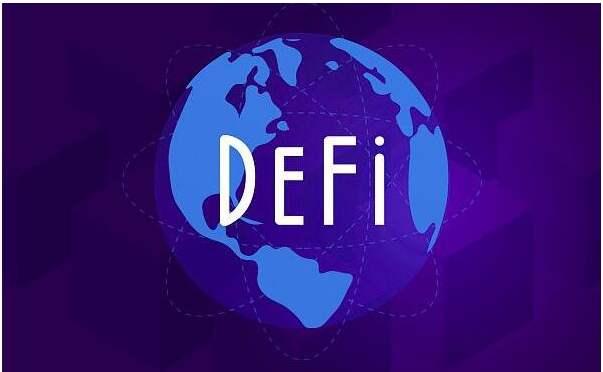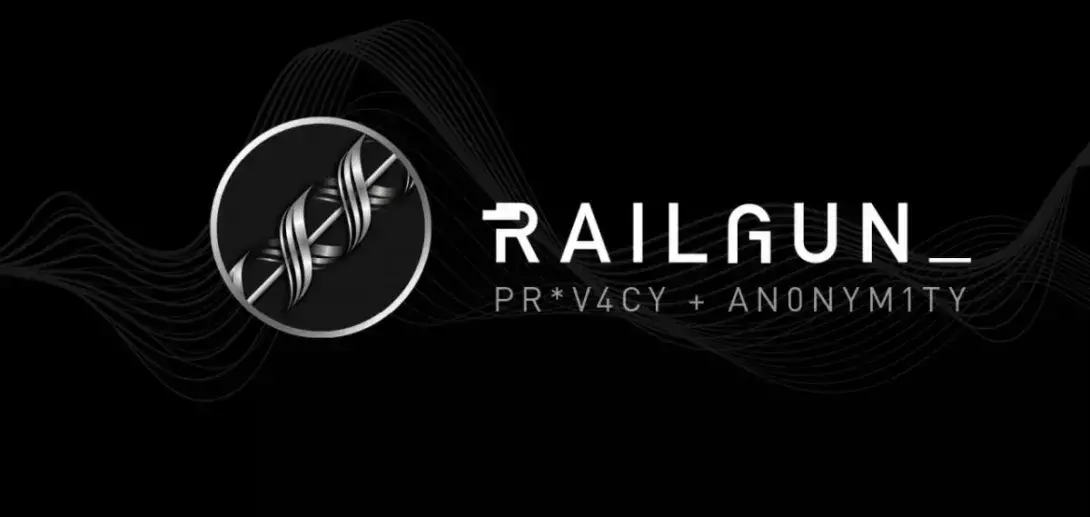With the rise of a new generation of DeFi projects, DeFi blue chips have fallen by 80% since 2021
Original Author: Samuel Haig, The Defiant
Original Title: 《DeFi Blue Chips Slide 80% Since 2021 as New Generation Rises》
Translation: Hu Tao, Chain Catcher
The new generation of DeFi projects—Terra, Fantom—has performed exceptionally well over the past 30 days. The veterans, let’s call them DeFi 1.0 blue chips.
We are talking about Uniswap, Aave, MakerDAO, Compound, and other members of the DeFi Summer generation. Their total value locked (TVL) exceeds $50 billion, and by this measure, they remain strong as ever. But in terms of token performance, the newcomers are far ahead: Uniswap has grown by 6% in the past 30 days, while Terra's LUNA token has surged by 38.7%.
The fact is that although many protocols reached their TVL peak in Q4 2021, most DeFi 1.0 blue chip assets have fallen over 80% against the dollar and ETH since the first half of 2021, no longer ranking among the top 50 cryptocurrencies. Here’s a summary of what’s happening:
Compound
The decentralized money market Compound became a major catalyst for DeFi Summer after launching liquidity mining incentives for borrowers and lenders with its governance token COMP in June 2020.
Compound was not the first DeFi protocol to launch liquidity mining on Ethereum; Synthetix rewarded liquidity providers on Uniswap v1 with its SNX token in 2019. However, because the community was rewarded solely for using the protocol and was not required to take on the impermanent loss risk associated with providing liquidity to decentralized exchanges, its liquidity mining measures quickly led to a flurry of activity on the platform.
For most of DeFi Summer, Compound was the top protocol in terms of TVL, in the process overtaking the long-time industry leader MakerDAO. The protocol also inspired institutions to explore DeFi after collaborating with institutional digital asset custodian Fireblocks.
Despite being the seventh-largest protocol on Ethereum, its token has fallen over 87% against the dollar compared to its historical peak in May 2021.
COMP's performance against ETH has been even worse, plummeting 96% since June 2020.
Uniswap
Uniswap's v2 iteration, launched in May 2020, helped ignite the explosive growth of DeFi by enabling permissionless token swaps without the need for centralized exchanges.
While Uniswap v1 was launched in November 2018, the protocol required the use of ETH as an intermediary for executing all trades, resulting in additional costs and slippage for users.
Faced with liquidity vampire attacks from rival DEXs like Yam Finance and SushiSwap, Uniswap airdropped its tokens to users, providing significant incentives in the form of governance tokens to liquidity providers who moved funds away from Uniswap. The DEX launched its v3 iteration in May 2021, continuing to lead in concentrated liquidity.
Uniswap is now the ninth-largest DeFi protocol, with a TVL of $7.5 billion, while the exchange processed over $15 billion in v2 and v3 trading volume in the past 24 hours.
Even so, Uniswap's price has significantly declined since hitting an all-time high at the beginning of 2021, currently trading at $9.21, down 79.3% from its peak in May 2021.
Yearn Finance
The groundbreaking yield aggregation protocol Yearn Finance catapulted its founder Andre Cronje to fame. The success of COMP incentivized Yearn to launch its governance token YFI in July 2020. Cronje urged users to earn tokens by providing liquidity to one of the protocols in the Yearn ecosystem rather than purchasing them on exchanges.
Yearn and Cronje have been embroiled in several controversies. The protocol ranks as the tenth-largest on Ethereum and is ranked 14th in the industry. However, since its peak in May 2021, the YFI/USD exchange rate has fallen by 76.7%.
Synthetix
Synthetix was a darling of the early DeFi space, with SNX holders enjoying staggering returns as the token surged from a few cents to over $28 in early February 2021.
Synthetix continues to support many innovative DeFi protocols, including Lyra and Kwenta, among others. However, Synthetix has endured a brutal 13-month trial, losing 70% of its TVL since peaking at $3 billion last February. Synthetix is now only the 40th largest protocol, with $874.5 million locked.
Since peaking last February, the performance of the SNX token has been worse, with its exchange rate against the dollar dropping by 86.8%.
MakerDAO
MakerDAO is the first DeFi protocol on Ethereum, allowing users to mint decentralized stablecoin DAI against ETH collateral, and is the second-largest DeFi protocol by TVL, locking in $15.5 billion.
Although launched as early as December 2017, the success of its stablecoin DAI has kept MakerDAO as a leading DeFi protocol. Its TVL peaked at around $20 billion last December, and MakerDAO continues to closely compete with Curve for the distinction of being the largest protocol on Ethereum.
However, compared to the dollar, the MKR token has fallen 69% since peaking in May 2021.
Aave
Aave was launched in January 2017 as ETHLend and rebranded to Aave in September 2018. The protocol pioneered flash loans and replaced Compound last year as the top decentralized lending market by TVL.
It is currently listed as the fifth-largest DeFi protocol by cross-chain TVL, locking in $12 billion. Its recent deployments on Polygon and Avalanche have been major catalysts for adoption on the networks, and it is currently the largest protocol on both. Its platform for institutional investors, Aave Arc, has attracted significant attention from family offices and private banks.
Despite reaching a TVL peak of around $19.5 billion in October, the Aave/USD exchange rate has fallen by 80.4% since its peak in May 2021, and it has dropped 84.8% against ETH since peaking in February 2021.
Curve
Curve is a decentralized exchange for low-slippage stablecoin trading, becoming the leading DeFi protocol by TVL in 2021, peaking at over $24.1 billion in January.
In addition to the rapid growth of the protocol Convex Finance that increased yields for Curve liquidity providers and CRV holders in the second half of 2021, its growth has also been driven by the deployment of low-cost Layer 1 and Layer 2 scaling networks. Convex is currently the fourth-largest DeFi protocol.
Curve's growth has also brought significant returns to CRV holders, as the token surged 380% from $1.36 in July to $6.51. However, much of the gain was quickly erased, with CRV losing 63% of its value over the past two months.
DeFi Pulse Index
The decentralized finance collective Index Coop launched its DeFi Pulse Index (DPI) token in September 2020.
The index token aims to provide market-cap weighted exposure to the top tokens in the DeFi space. It currently tracks the governance tokens of Uniswap, MakerDAO, Aave, Loopring, Synthetix, Yearn Finance, SushiSwap, Compound, Ren, Rari Capital, Kyber Network, Balancer, BadgerDAO, and Harvest Finance.
DPI skyrocketed 900% in about six months, reaching a peak of $633 in May 2021 after trading at just $62 in November 2020. However, since then, the index token has fallen alongside DeFi 1.0 assets.
The last trading price of DPI was $156, down 75% from its all-time high.











